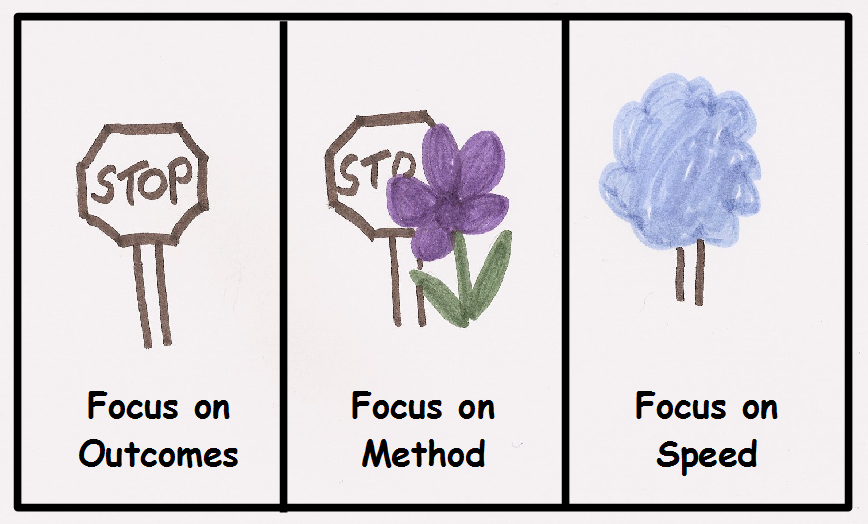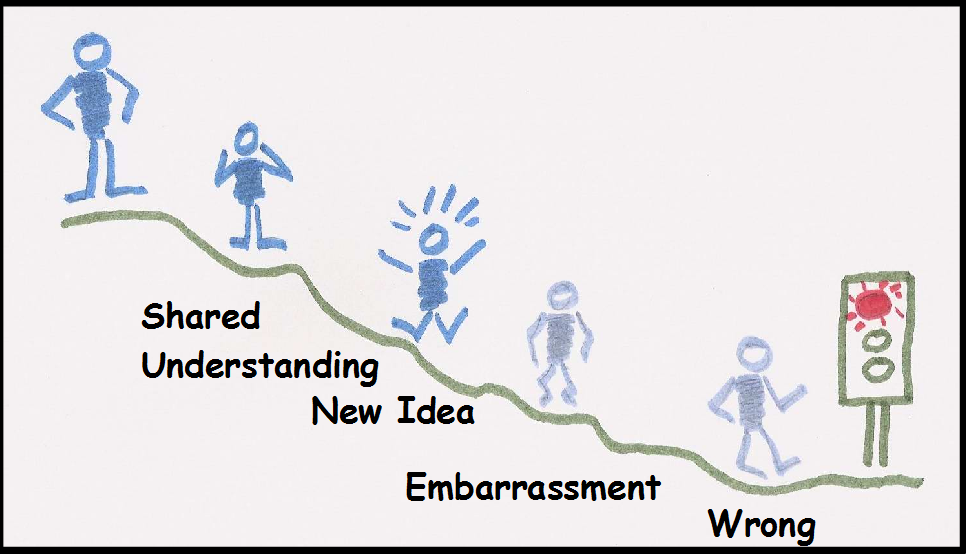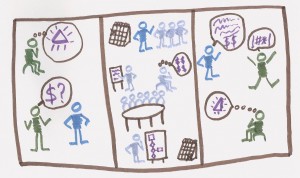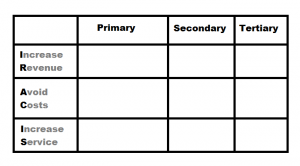Knowing when to stop is important, and sometimes it is easier than others to pick up the signs. It depends on our focus.
Focus on Outcomes
When we understand why we use the principles of agile and lean, and we remain focused on the outcomes it is easier to see when to stop.
- When our fast feedback loops inform us that we are building the wrong thing
- When our first release to the market does not delight our customers as expected
- When we thought it might take 2 iterations to build and discover we are not even halfway through after 1 iteration
Focus on Method
Sometimes we think that if we follow a process perfectly, then we will always get a good outcome – this obscures the stop signs. Methods are good – but should not be our focus.
- Methods give us a shared context and language so that it is easier for us to work together
- Methods help to provide regularity, this can give us measures that we can use to observe impacts – but do not use them as targets because they will be gamed
Focus on Speed
This focus will help us to miss most of the stop signs because we are only observing how fast we are going.




